Off-Road Toyotas Compared: 2024 Land Cruiser Vs. 2025 4Runner

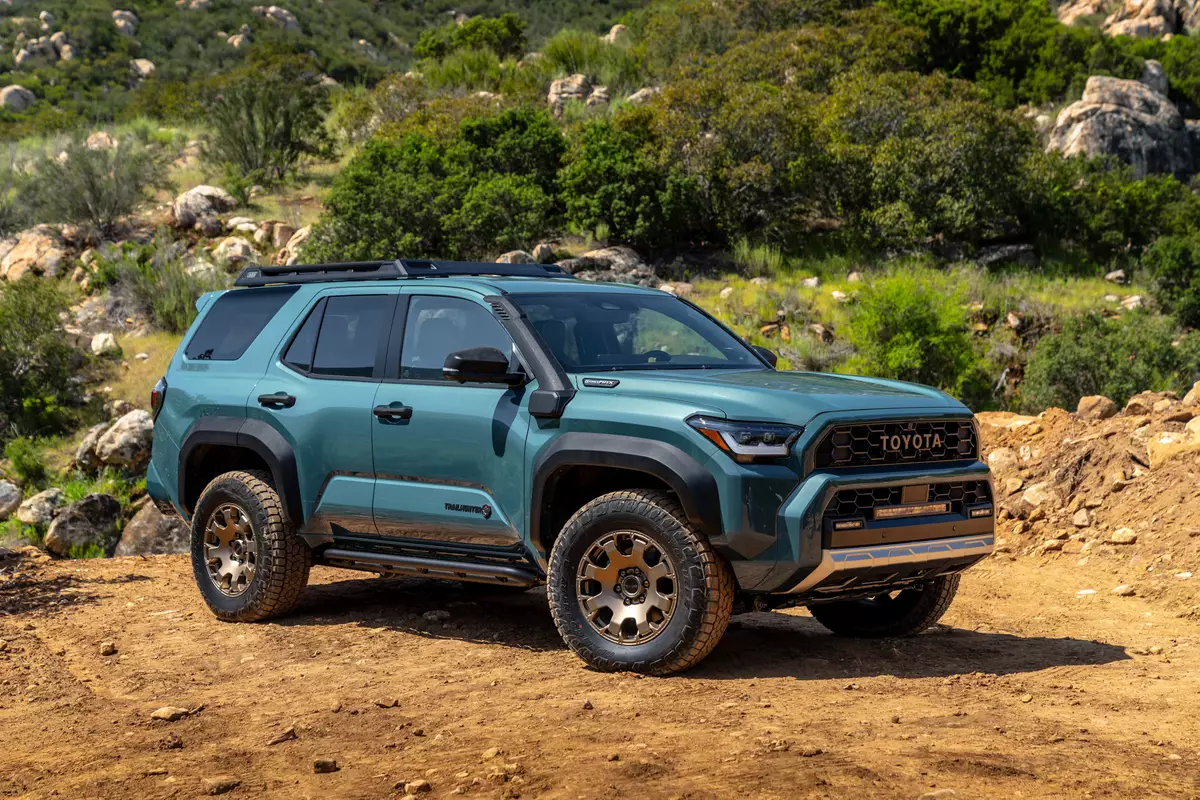
We’re living in a golden era of off-road SUVs right now, and Toyota has two of the most compelling options: the 2024 Land Cruiser and upcoming 2025 4Runner. Both are new generations of beloved nameplates, with the Land Cruiser finally making its return to the U.S. market and the 4Runner getting a long-awaited rework after the current model spent a whopping 14 years in production. Both also look very, very fun, too, and are surprisingly similar body-on-frame SUVs, making the choice between them tougher than ever.
Related: Comparing Toyota’s Off-Roaders: How Does the 2024 Land Cruiser Stack Up?
We’ve previously compared the new Land Cruiser with Toyota’s existing off-road models in another article, and the fact that we’re running a follow-up with the new 4Runner is solid proof that we’re spoiled for choice — and that’s just looking at Toyota’s lineup. Considering everything from the Ford Bronco to the Jeep Grand Cherokee, and even the Land Cruiser’s Lexus GX 550 sibling, off-roaders have a ton of SUVs to consider. Here’s our guide to narrowing down Toyota’s two rugged SUVs.
As with last time, we’re comparing stock versions of both models. Seasoned off-roaders know that you can always modify a vehicle to be more capable, but in case you don’t want to bother with all of that, these Toyotas are both highly capable right off the lot.
Powertrains
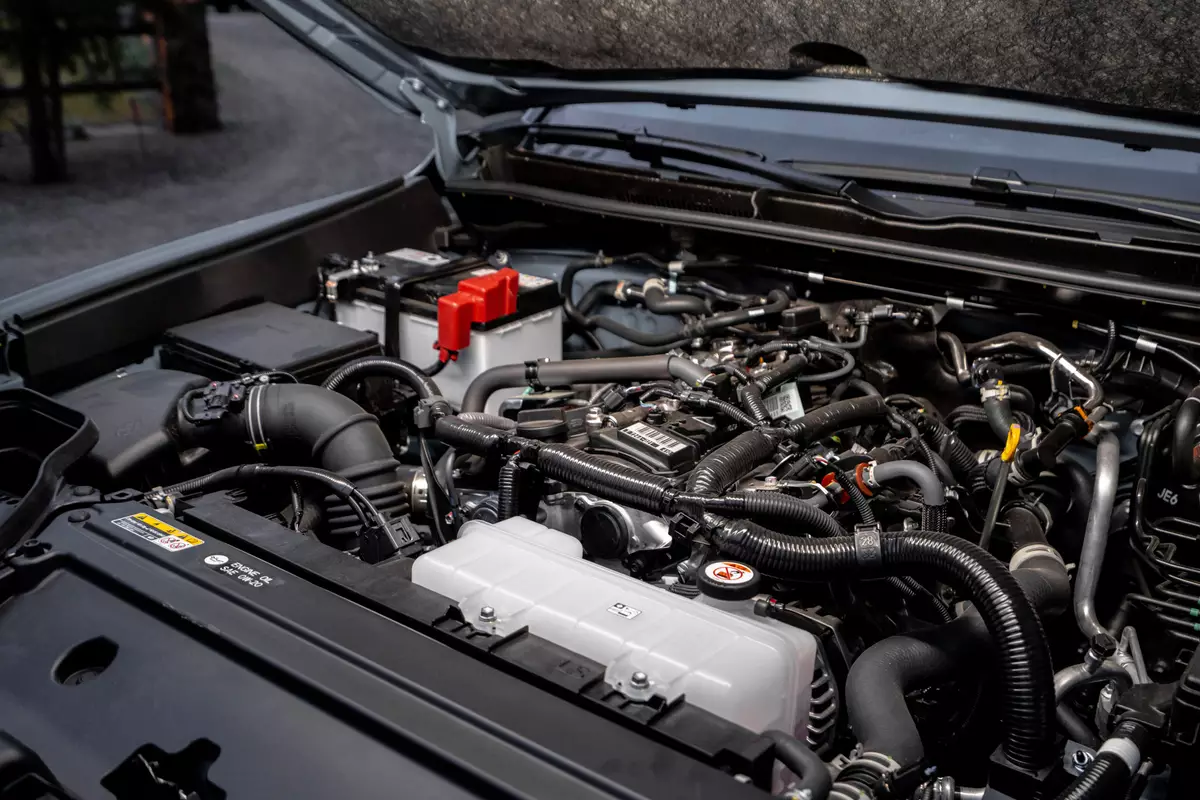
Both the 4Runner and Land Cruiser use Toyota’s i-Force 2.4-liter turbocharged four-cylinder engine, although you get a bit more choice on the 4Runner. The 4Runner gives you the option of hybrid and non-hybrid versions, with the non-hybrid turbo-four making 278 horsepower and 317 pounds-feet of torque. The hybrid version is branded as the i-Force Max, and it’s the only engine available in the Land Cruiser. In both vehicles, the hybrid powertrain makes 326 hp and 465 pounds-feet of torque. Both SUVs are equipped with an eight-speed automatic transmission, as well.
The 4Runner offers a choice between rear- and four-wheel drive, whereas the Land Cruiser is only available with 4WD. The RWD 4Runner has a limited-slip differential in the back as standard, and the 4WD version adds an electronically controlled two-speed transfer case. The 4Runner’s more off-road-ready trims (TRD Off-Road, TRD Pro and Trailhunter) get upgraded to a locking rear differential, as well. Meanwhile, full-time 4WD with a center locking differential is available on the 4Runner’s Limited hybrid; it’s standard on the Platinum trim.
The Land Cruiser only gives you one option: full-time 4WD with center and rear electronic locking differentials and an automatic limited-slip differential.
Angles, Clearances and Dimensions
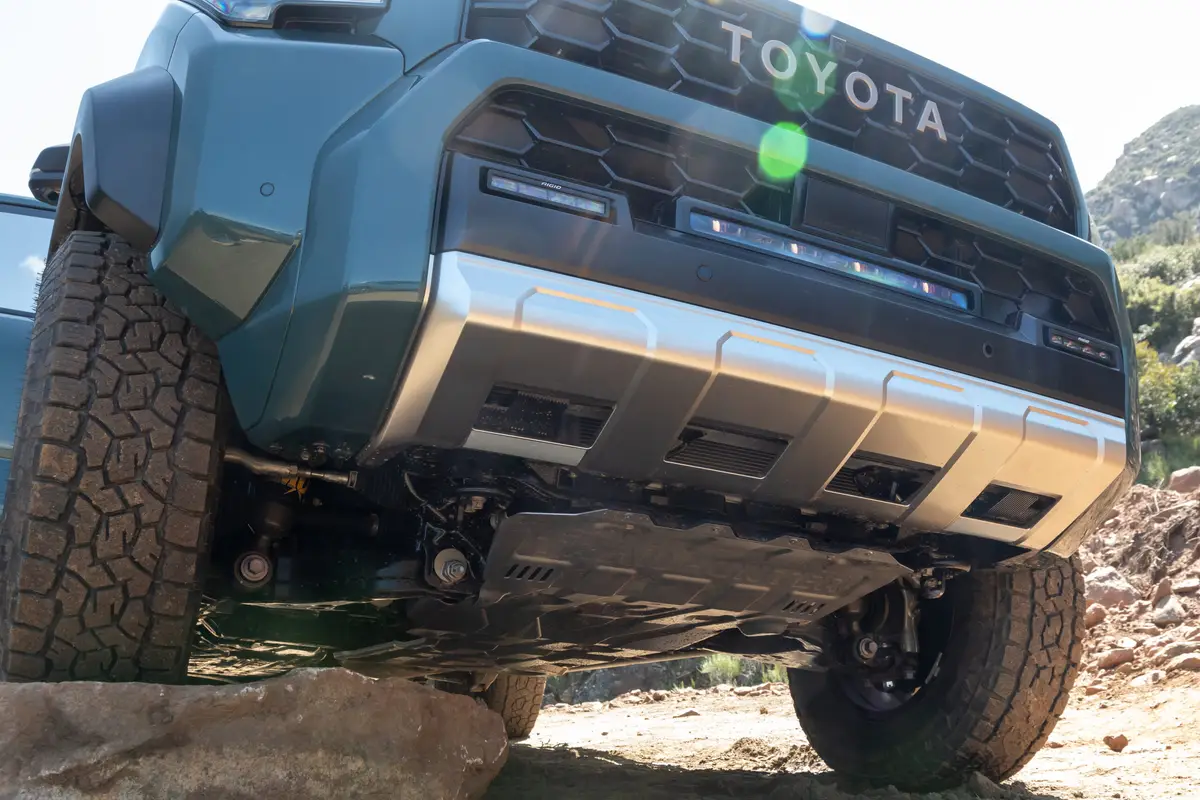
Picking between the 4Runner and Land Cruiser isn’t as simple as, say, deciding to spring for a Sequoia because you need more space. The 4Runner and Land Cruiser are very similar in size, as both share the same TNGA-F platform, 112.2-inch wheelbase and a towing capacity of up to 6,000 pounds. Both feature a double-wishbone front suspension design and a multi-link independent rear suspension with coil springs, too. The biggest differences between the two are the Land Cruiser’s additional height and the 4Runner’s additional ground clearance.
2025 4Runner
- Length: 194.9 inches
- Width: 77.8 inches
- Height: 70.8 inches
- Ground clearance: 9.2 inches
2024 Land Cruiser
- Length: 193.8 inches
- Width: 77.9 inches
- Height: 76.1 inches
- Ground clearance: 8.7 inches
Any off-roader worth the accumulated weight of mud on their truck knows that simple size comparisons don’t tell the whole story, though. It’s the approach and departure angles that determine how steep of an obstacle you can travel down without scratching up or losing a bumper and breakover angles that determine how high of a crest you can take on without scraping or getting beached. Here’s how the maximum values of those angles break down based on what we know at the time of this writing:
2025 4Runner
- Approach angle: 32 degrees
- Departure angle: 24 degrees
- Breakover angle: To be announced
2024 Land Cruiser
- Approach angle: 31 degrees
- Departure angle: 22 degrees
- Breakover angle: 25 degrees
It’s worth noting that different trims come equipped with different bits at risk of off-road carnage. The more street-oriented 4Runners have a low-hanging plastic air dam in front that’s designed to increase fuel economy, but more serious off-roaders may want to avoid it. Look to the 4Runner TRD Sport, TRD Pro and Trailhunter trims if you’d prefer not to have this extra low-hanging piece in the front.
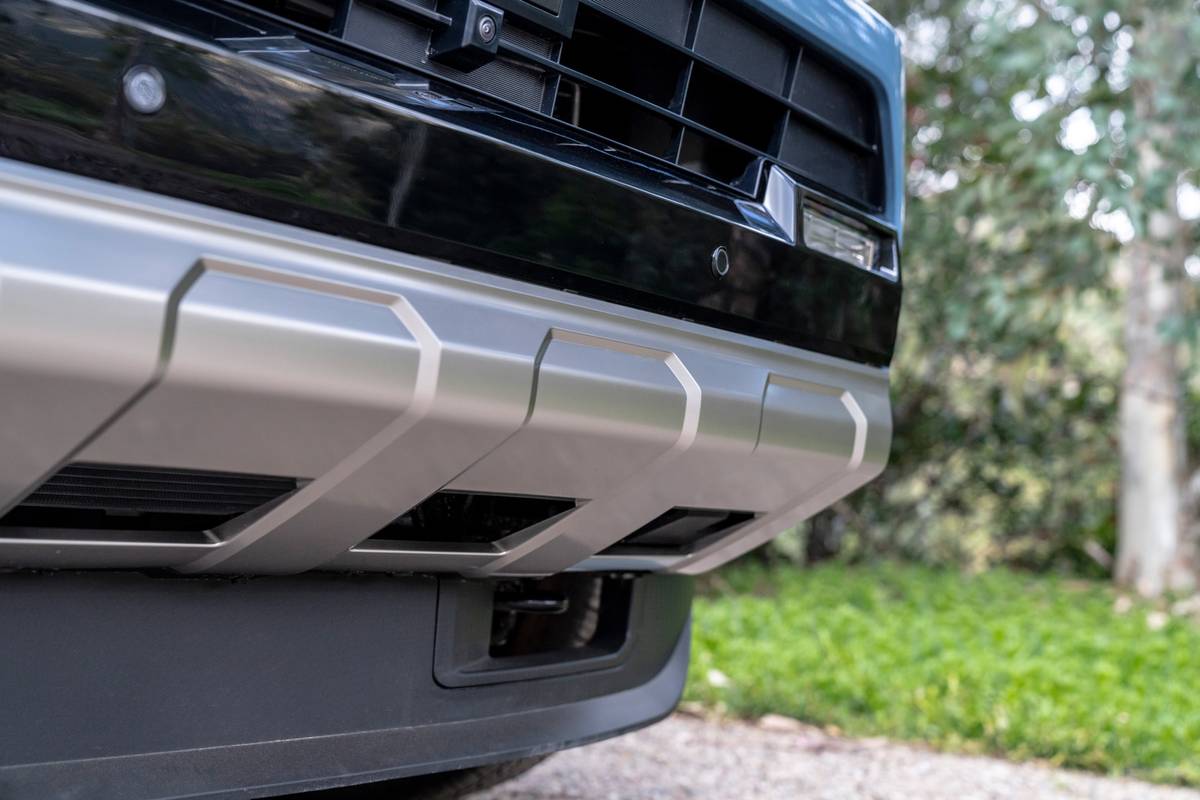
If you’re specifically shopping for an overland-ready rig, you’ll want to take a look at the 4Runner Trailhunter. The Trailhunter features ARB Old Man Emu 2.5-inch shocks with piggyback reservoirs out back, an air intake snorkel, 33-inch all-terrain tires, a custom ARB roof rack, rock rails, steel skid plates, a 20-inch LED light bar, Rigid LED foglights, a 2,400-watt AC converter with two house-style outlets and the 4Runner’s more powerful hybrid drivetrain as standard.
Meanwhile, the most hardcore trim on the Land Cruiser would be its top-tier First Edition, which includes rock rails, roof rails with a cargo basket, color-changing Rigid LED foglights and several tech features as standard: Multi-Terrain Select, a Multi-Terrain Monitor and the powered sway bar disconnect (more on these below). The 2,400-watt AC converter with two plugs comes standard on all trims of the Land Cruiser, as do front and rear tow hooks and a front skid plate.
Technology for Fun and Safety
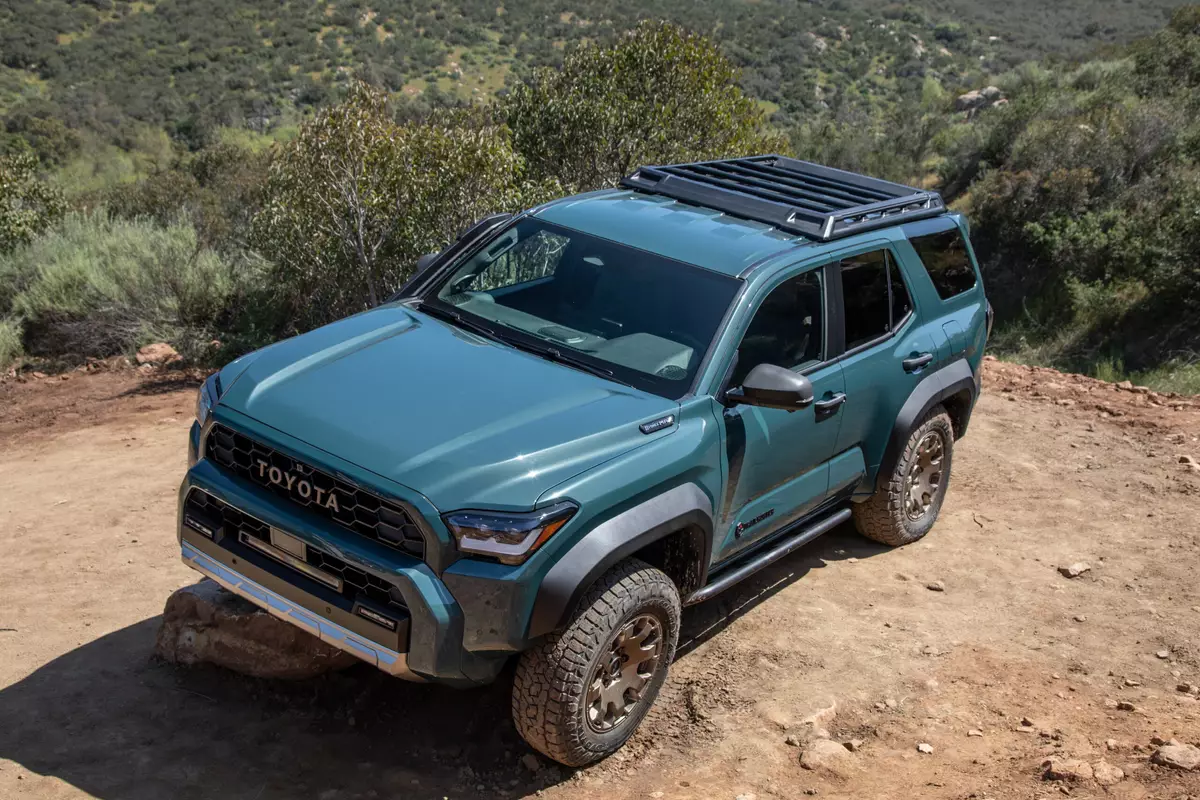
As new Toyotas, the 4Runner and Land Cruiser offer many of the same high-tech features. Both offer features that are designed to make off-road use easier, including:
- Crawl Control: Keeps the SUV moving at a set speed, even over bumpy obstacles
- Downhill Assist Control: Limits the speed of the SUV as it descends a steep grade
- Multi-Terrain Monitor: Allows you to see upcoming obstacles using the SUV’s camera system
- Multi-Terrain Select: Adjusts traction settings for different types of road surfaces, conditions and terrain
- Stabilizer Bar Disconnect Mechanism: Disconnects the front sway bar at the press of a button to increase wheel articulation over obstacles, keeping more wheels putting power to the ground
Both SUVs also come with the Toyota Safety Sense 3.0 suite of driver-assist features, which includes Proactive Driving Assist (which can brake and steer for you under certain conditions), adaptive cruise control and pre-collision prevention with pedestrian detection. Blind spot monitoring and rear cross-traffic alert are both available options on the 4Runner; they are standard across the Land Cruiser line along with front and rear parking sensors.
Interior
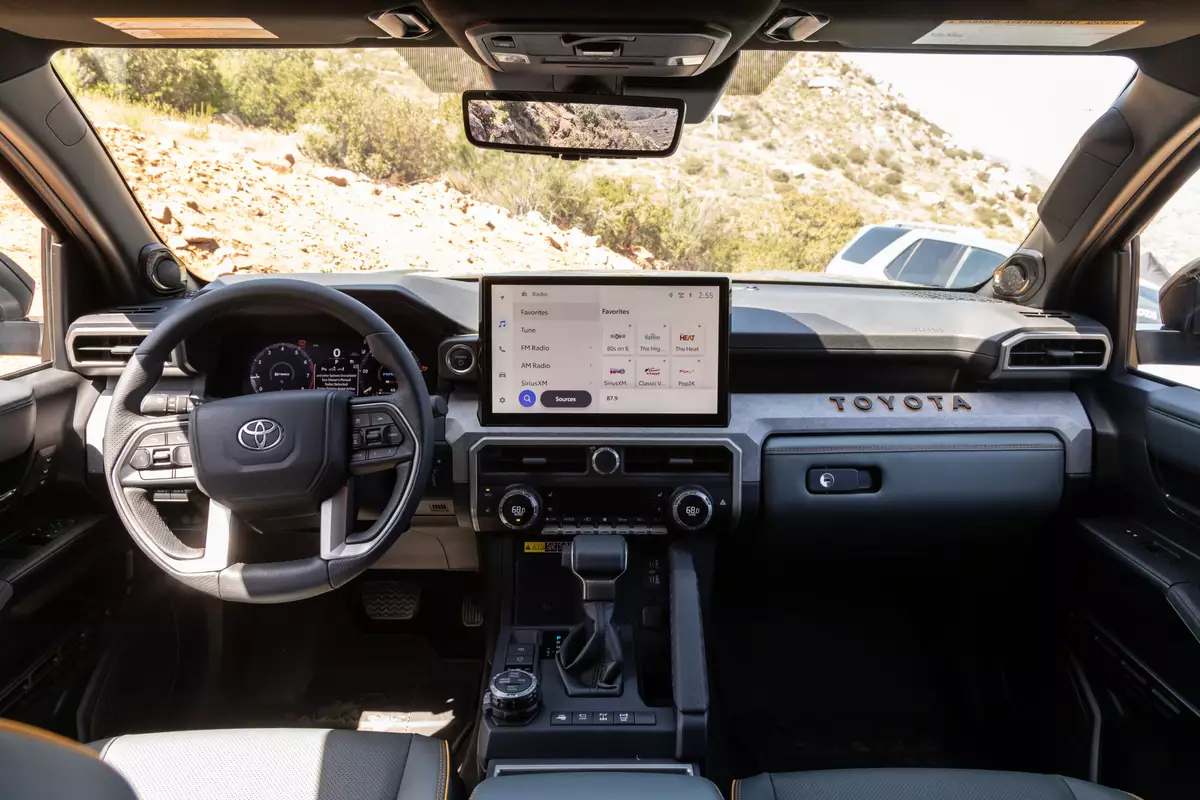
Those hoping the Land Cruiser would remain a Lexus-lite on the inside may be disappointed in this generation’s more downmarket materials and feel, and while it adds more differentiation from the Lexus version in that respect, it brings the interior quality closer to that of the 4Runner. The 4Runner offers a family-friendly third row, while the Land Cruiser does not.
The 4Runner offers a choice between 8-inch and 14-inch infotainment touchscreens running Toyota’s latest multimedia system, which supports wireless Apple CarPlay and Android Auto; the Land Cruiser has the choice between an 8-inch and 12.3-inch screen. Both can be had with either a 7- or a 12.3-inch digital gauge cluster, with the latter reserved for higher trim levels.
Vibes, for Lack of a Better Term
The Land Cruiser offers fewer options when it comes to drivetrains and trim levels (three trim levels compared to the 4Runner’s nine), but it’s also more focused as a somewhat premium off-roader, while the 4Runner is made for a wider audience, some of whom don’t need 4WD or a more powerful hybrid drivetrain.
There’s also the design language. The 4Runner has some nods to its past generations, but mostly espouses a similar muscular look to Toyota’s current-gen Tacoma. The Land Cruiser has a slightly more squared-off retro feel, especially when equipped with round headlights or a two-tone paint scheme.
More From Cars.com:
- Run 4 the Trails: All-New 2025 Toyota 4Runner Gains Turbo and Hybrid Power, Trailhunter Trim
- Toyota Lays Out Full Trim Level Details and Pricing for 2024 Land Cruiser
- 2024 Toyota Land Cruiser Review: Readjust Your Expectations
- 2025 Toyota 4Runner Up Close: Took Ya Long Enough!
- 2024 Toyota Land Cruiser Up Close: An Off-Road Hero Gets Modernized
Pricing and Warranty
The Land Cruiser starts at $57,345 (all prices include a $1,395 destination fee), but that price can shoot up fast, with the top-trim First Edition starting at $76,345. Pricing is yet to be announced for the 4Runner. Given that the current 2024 model has a base price of $42,100, with its top TRD Pro trim starting at $56,565, we expect the 2025 4Runner to undercut the Land Cruiser in price when it goes on sale this fall. When the pricier, more kitted-out Land Cruisers start to approach GX 550 territory — and the GX is far better appointed inside — a higher-trim 4Runner may end up being the better bang for your buck, provided you’re not married to the Land Cruiser’s vintage aesthetic.
Additionally, both SUVs share the same warranty policies: a three-year/36,000-mile basic warranty, plus a five-year/60,000-mile powertrain warranty and a five-year warranty against corrosion with no mileage limit. SUVs with hybrid system components also have an eight-year/150,000-mile warranty from defects, with an additional 10-year/100,000-mile warranty for the hybrid battery.
Related Video:
Cars.com’s Editorial department is your source for automotive news and reviews. In line with Cars.com’s long-standing ethics policy, editors and reviewers don’t accept gifts or free trips from automakers. The Editorial department is independent of Cars.com’s advertising, sales and sponsored content departments.

News Editor Stef Schrader joined Cars.com in 2024 but began her career in automotive journalism in 2013. She currently has a Porsche 944 and Volkswagen 411 that are racecars and a Mitsubishi Lancer GTS that isn’t a racecar (but sometimes goes on track anyway). Ask her about Fisher-Price Puffalumps.
Featured stories




